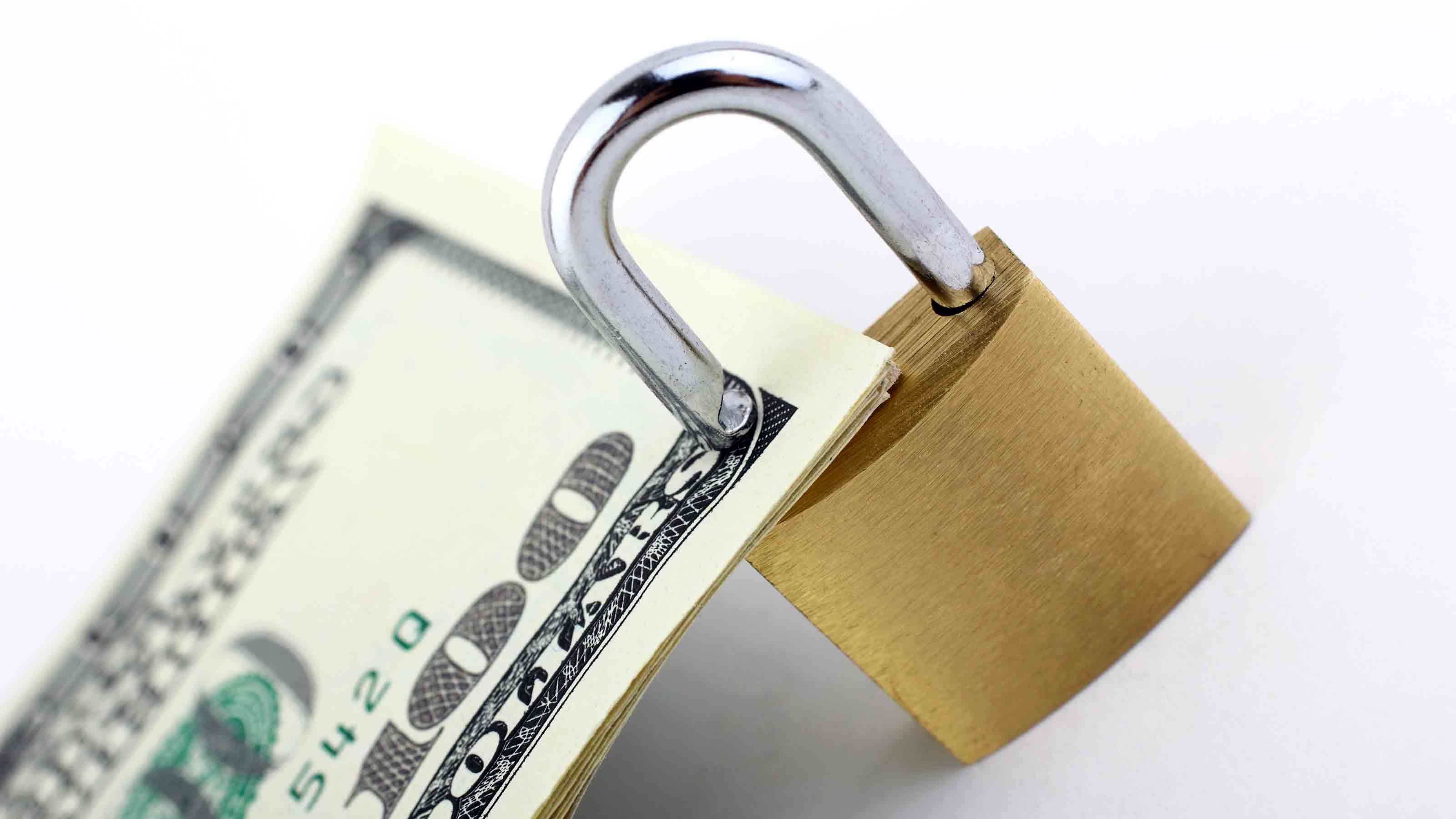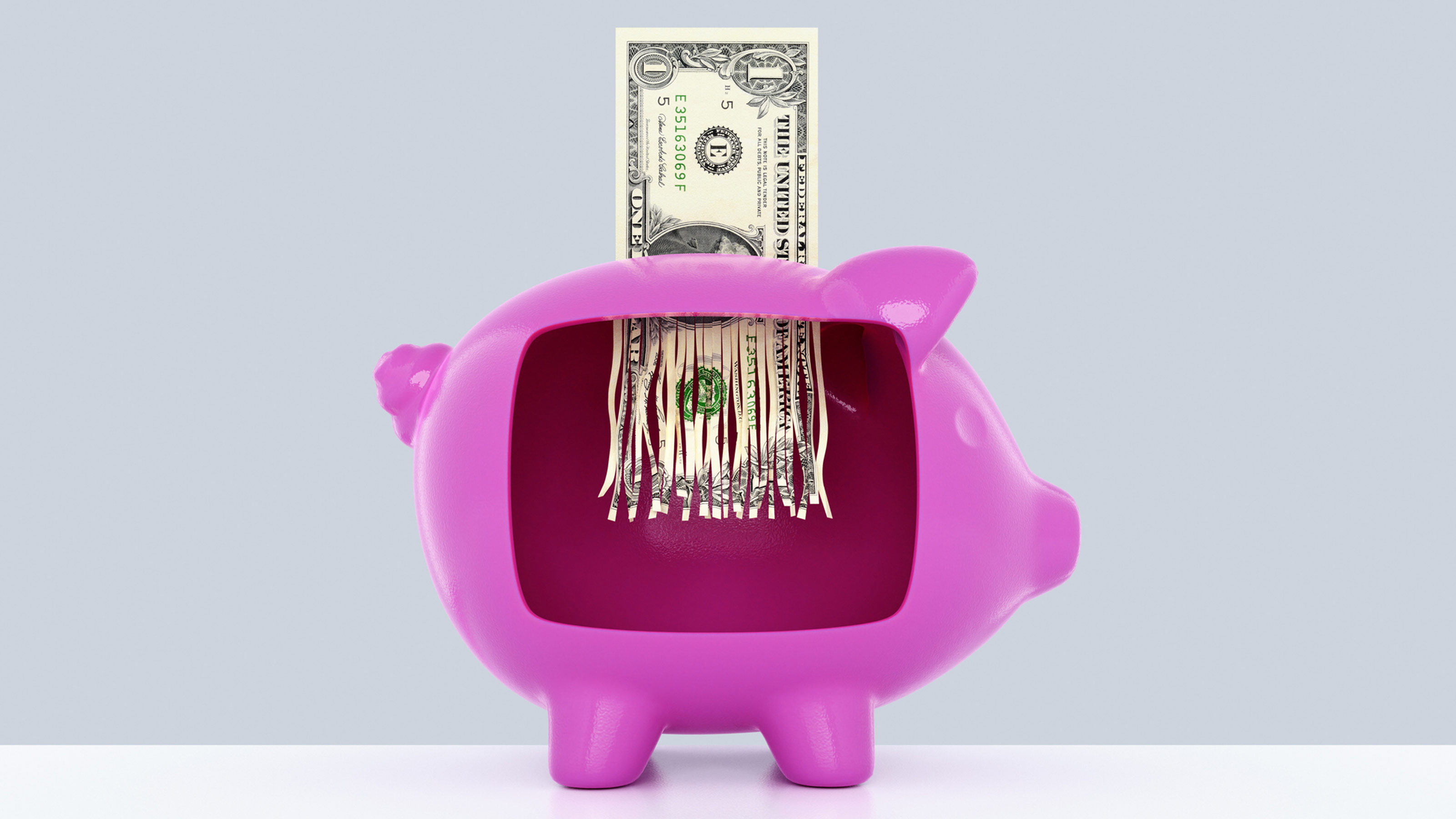30-Minute Investing Start-Up Kit
In the time it takes you to watch your favorite sitcom, you can jumpstart your financial future. We give you the step-by-step specifics you need to get started investing right now.
When it comes to getting started investing, I've heard all the excuses. You're not good with numbers. You don't have a lot of money. You don't have enough time.
Whatever.
You just don't know what to do or where to go. The task may seem daunting, but you don't have to be a math whiz sleeping on a pile of cash to be an effective investor. You don't even have to dedicate an entire weekend to the project. In the time it takes you to watch a Simpsons episode, wash a load of laundry or order a pizza, you could set yourself on the path to riches.

Sign up for Kiplinger’s Free E-Newsletters
Profit and prosper with the best of expert advice on investing, taxes, retirement, personal finance and more - straight to your e-mail.
Profit and prosper with the best of expert advice - straight to your e-mail.
| Row 0 - Cell 0 | A Beginning Investor's Best Friend |
| Row 1 - Cell 0 | Build Your Financial Foundation |
Consider this: If a 22-year-old invested just $50 a month and made an average annual return of 10% on the money, he would have $432,000 saved by the time he turned 65. He'd only need to save $116 a month to be a millionaire by that time. (Think you don't have enough money to invest? See 20 Small Ways to Save Big for ideas on where to find money in your budget.)
So put your excuses away. Follow this step-by-step guide for all the specifics you need. I'll even tell you where to put your money. You'll be calling yourself an investor by the time you finish reading this article. It really is that easy.
STEP 1: Decide if you should invest
Don't get me wrong, I think everyone should start investing as soon as possible. You want to give your money plenty of time to grow. But you need to pay down your high-interest debt first. It doesn't do you any good to get a 10% return on your investments if you're paying 18% interest on a credit card. Paying off that high-interest debt is like netting a guaranteed 18% return on your money. That's tough to beat. For help, see Tame Your Credit Card Debt.
STEP 2: Identify your goal
Are you saving for the short term, such as building your emergency reserves, saving for a house or planning a nice vacation? (Typically, a short-term investment is money you plan to use within the next five years.) Or are you investing for the long term -- such as retirement or a child's education? Your time frame will impact the next step:
STEP 3: Find a place to put your money and open an account
We've done all the research for you. Simply follow the instructions for your time frame (short-term or long-term):
FOR SHORT-TERM INVESTMENTS: You want to put your money somewhere safe to protect it and someplace accessible so you can take it out when you need it. (No, your underwear drawer doesn't qualify.) You also want the bank to pay you a bit of interest while you wait to use the money. The solution is a high-interest online savings account. Two good choices are HSBC Direct and ING Direct. HSBC currently pays a higher interest rate -- 5.05% vs. ING's 4.5%. That's a 55-cent difference for every $100 in the account. However, ING, in my opinion, has a more user-friendly interface. You can decide for yourself which is more important to you.
No matter which one you choose, you can open an account even if you've only got $1 to deposit. And it only takes less than ten minutes at the banks' Web sites to sign up. Have your checkbook handy. You fund the accounts by transferring money directly from an existing checking account at your regular bank. You'll need your bank's routing number and your account number (found on the bottom of your paper check) to give to the online folks.
While you're signing up, enroll in the automatic savings plan. You can arrange to have a certain amount of money deposited into your account on a regular basis -- a surefire way to keep your savings goal on track. (Learn more ways to put your finances on autopilot.)
FOR LONG-TERM INVESTMENTS: You want your money to appreciate a little more -- but that means taking on more risk. You can afford it, though, because you have a long time period to smooth out the market's ups and downs. Your simplest option is a one-stop target mutual fund. A nice choice when you're low on cash is the T. Rowe Price Retirement funds. These funds are a ready-made portfolio in a single fund. They invest in a variety of other funds (so you're not putting all your eggs in one basket), and they gradually tone down your risk as you approach your target date.
Fidelity and Vanguard also have top-notch target funds, but they require $2,500 and $3,000 respectively to get your foot in the door. The nice thing about T. Rowe Price is it'll let you invest with as little as $50 a month when you sign up for its automatic investment program. So go to www.troweprice.com/welcome, click on "open an account" then "mutual funds." It'll ask you what type of account you want. A tax-free Roth IRA is a fine choice (learn more). Or, for a regular taxable account, select "individual" or "joint."
Then choose the target fund with the date closest to your goal. For example, a 25-year-old investor might select the Retirement 2045 fund for a retirement goal of age 63. You'll then tell the site how you wish to fund the account. Make sure you click on "AAB" for the Automatic Asset Builder program, which lets you invest for $50. Then you can tell it exactly how much you want to contribute and when. You'll need your checkbook when signing up to plug in your bank's routing number and your account number from the bottom of your checks. T. Rowe Price also will ask you a few questions about your credit history to verify your identity and your bank account. So be prepared.
What are you waiting for? You may think you'll come back and open an account later, but deep down you and I both know you'll probably get sidetracked and forget. So go ahead and do it right now. I'll wait.
STEP 4: Sit back and watch your money grow
Voilà. You're all set. With the automatic payments in place, you don't even have to remember to write a check or look for stamps each month. Just check in every few months or so to make sure your goals are still on track and let your account ride the road to riches.
We now return you to your regularly scheduled programming.
Get Kiplinger Today newsletter — free
Profit and prosper with the best of Kiplinger's advice on investing, taxes, retirement, personal finance and much more. Delivered daily. Enter your email in the box and click Sign Me Up.

-
 Stock Market Today: Stocks Soar on China Trade Talk Hopes
Stock Market Today: Stocks Soar on China Trade Talk HopesTreasury Secretary Bessent said current U.S.-China trade relations are unsustainable and signaled hopes for negotiations.
By Karee Venema
-
 2026 Disney Dining Plan Returns: Free Dining for Kids & Resort Benefits
2026 Disney Dining Plan Returns: Free Dining for Kids & Resort BenefitsPlan your 2026 Walt Disney World vacation now. Learn about the returning Disney Dining Plan, how kids aged three to nine eat free, and the exclusive benefits of staying at a Disney Resort hotel.
By Carla Ayers
-
 PODCAST: This Couple Tackles Love and Money as a Team
PODCAST: This Couple Tackles Love and Money as a TeamGetting Married Fyooz Financial, the husband and wife team of Dan and Natalie Slagle, have carved out a niche advising other couples with the money questions that come with pairing up. Also, where is this troubled stock market headed?
By David Muhlbaum
-
 Double Your ESG Impact With Funds Tied to Charities
Double Your ESG Impact With Funds Tied to CharitiesFinancial Planning A growing number of funds donate directly to causes you might care about. Are they good investments?
By Ellen Kennedy
-
 Build an Inflation Hedge Around Retirement
Build an Inflation Hedge Around RetirementFinancial Planning Inflation brings two headaches for retirees: stretching a fixed income to meet rapidly rising prices and investing a retirement savings portfolio so that it keeps pace with the higher cost of living. Here are some strategies to avoid the pain.
By David Rodeck
-
 The Fallout From Ukraine
The Fallout From Ukraineeconomy Russia and Ukraine represent only a tiny portion of U.S. trade directly, but the impact of the invasion (and sanctions) is being felt by consumers here.
By Mark Solheim
-
 Are You Paying Too Much for Financial Advice?
Are You Paying Too Much for Financial Advice?Financial Planning Paying fees based on your assets under management may be costing you dearly, in more ways than one. Here’s why. Want a better deal? Consider a flat fee method instead.
By Brent Weiss, CFP®, ChFC®
-
 How to Prepare to Work with a Financial Planner
How to Prepare to Work with a Financial PlannerFinancial Planning Start off on the right foot by getting your financial ducks in a row before your first meeting. Here are some handy pointers for kick-starting a productive relationship.
By Kevin R. Keller, CAE
-
 The Right Dividend Stock Fund for You
The Right Dividend Stock Fund for YouBecoming an Investor Dividend stock strategies come in many different flavors. Here's what to look for.
By Adam Shell
-
 5 Stocks to Own for Decades
5 Stocks to Own for DecadesBecoming an Investor Companies that can achieve spectacular business success are innovators with big ideas and mammoth potential markets.
By James K. Glassman